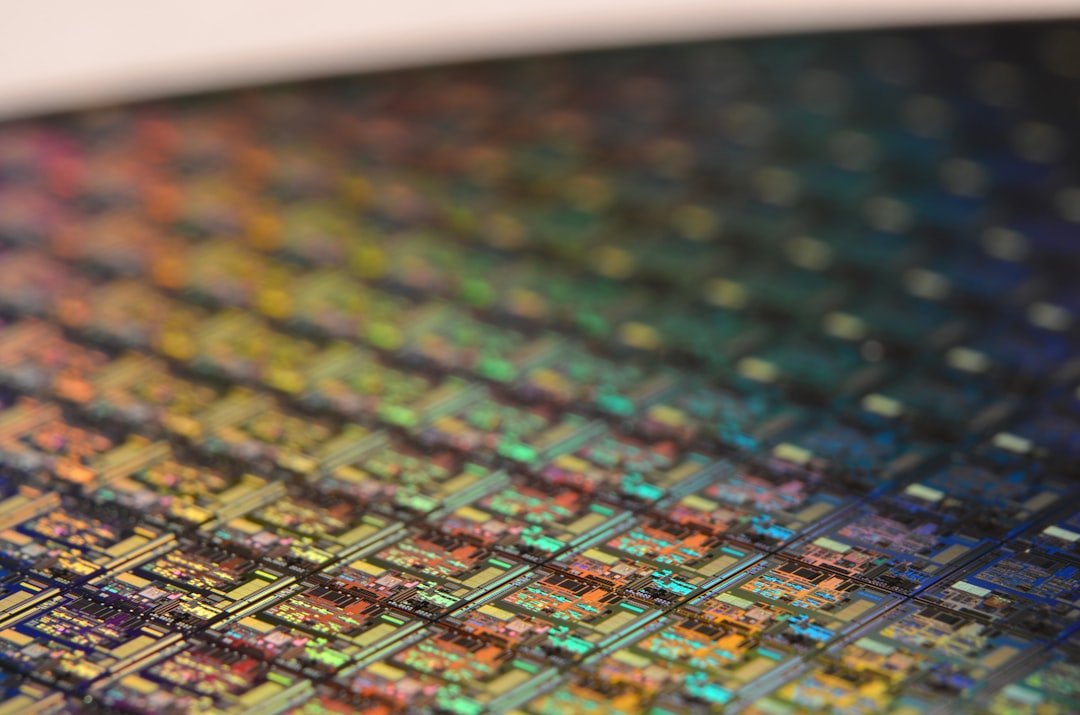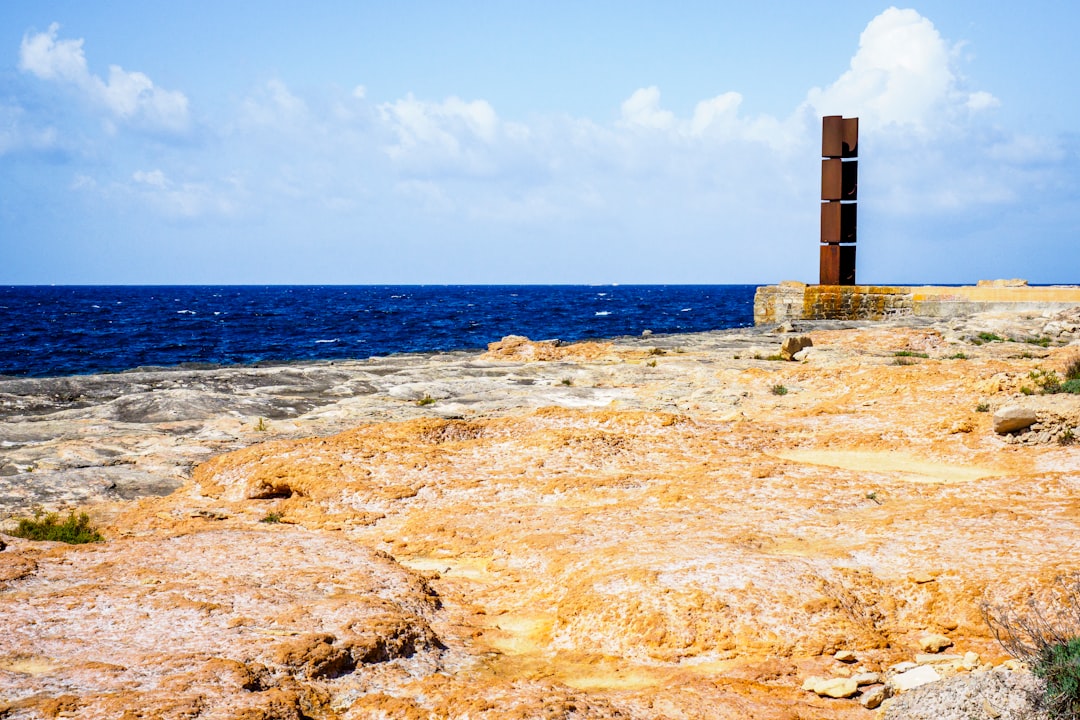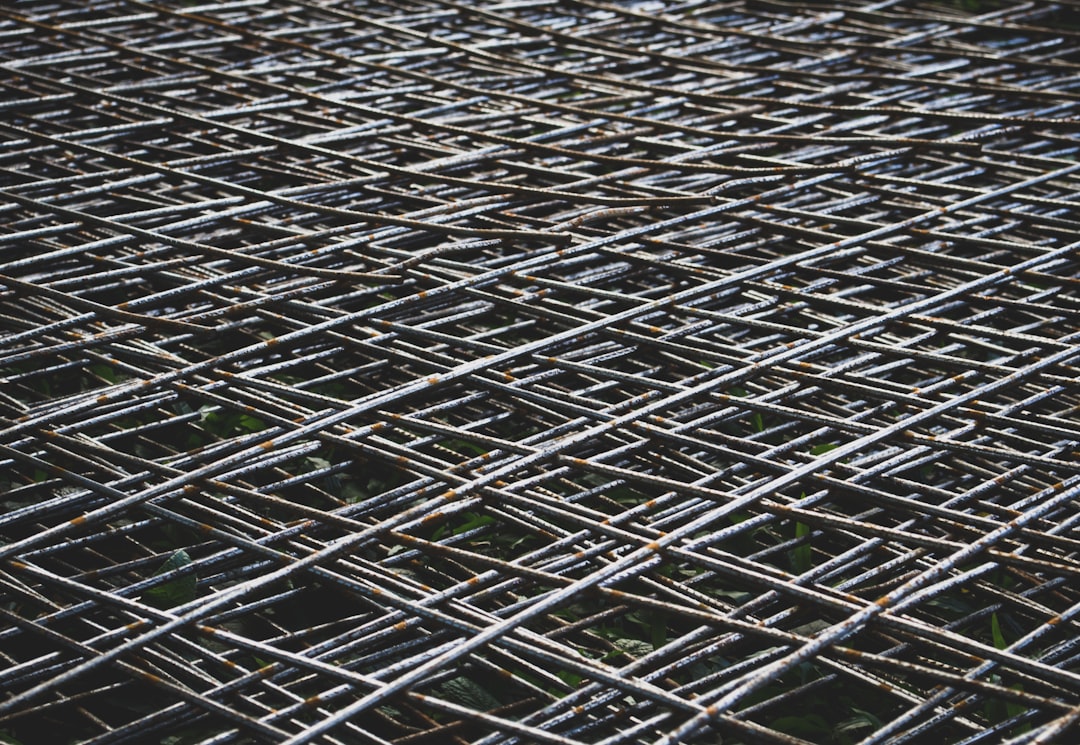What is it about?
The work focuses on the significance of faults in oil and gas reservoirs, how they impact production, and the role of image log technology in identifying and understanding these faults. It aims to demonstrate this technology's effectiveness through a fault interpretation exercise in a production well situated in the Gachsaran field. The goal is to provide educational insights for researchers and students lacking accessible resources on this essential technology.
Featured Image

Photo by Diggity Dog on Unsplash
Why is it important?
Understanding faults within oil and gas reservoirs significantly impacts production rates. While faults can create pathways for oil and gas movement, they can also impede production. Consequently, having precise information about these faults and their positions within reservoirs is crucial. Image log technology is proficient in this task, yet educational resources on this technology are limited. Thus, through a fault interpretation study conducted in a production well within the Gachsaran field, this work aims to offer a comprehensive explanation of this technology, providing valuable insights for researchers and students seeking to understand this critical aspect of reservoir assessment.
Perspectives
Understanding faults within oil and gas reservoirs is pivotal, impacting production rates both positively and negatively. While faults can create pathways for fluid movement, they can also hinder production. Hence, accurate knowledge about fault locations in reservoirs is crucial, a task well-suited for image log technology. Regrettably, educational resources on this technology are scarce. Therefore, through a fault interpretation study in a Gachsaran field production well, this project aims to demystify this technology, providing valuable insights for researchers and students seeking to delve into this critical aspect of reservoir analysis.
Dr Zohreh Movahed
zmovahed@gmail.com
Read the Original
This page is a summary of: Fault Interpretation Using Image Logs, Applied Mechanics and Materials, November 2014, Trans Tech Publications,
DOI: 10.4028/www.scientific.net/amm.695.840.
You can read the full text:
Contributors
The following have contributed to this page










